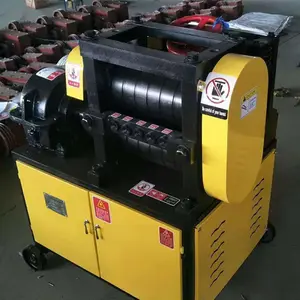




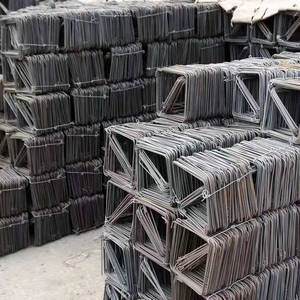


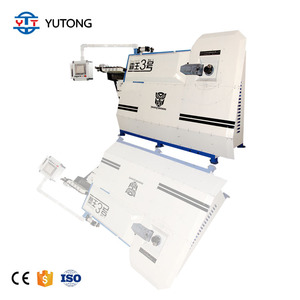


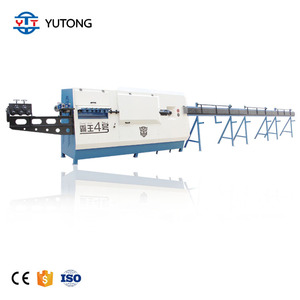
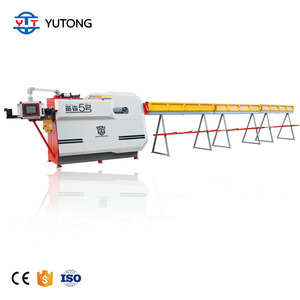




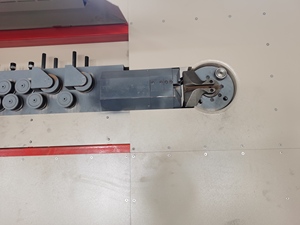

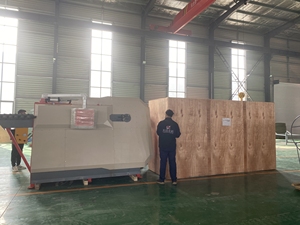













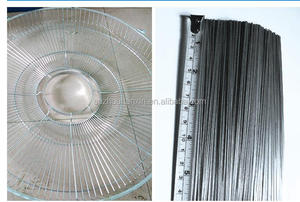









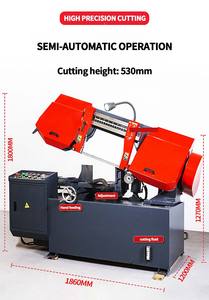
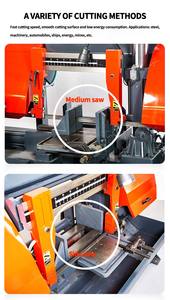




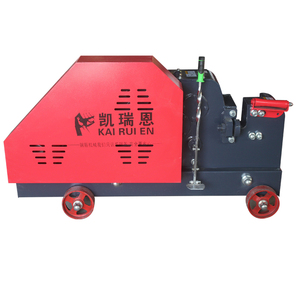
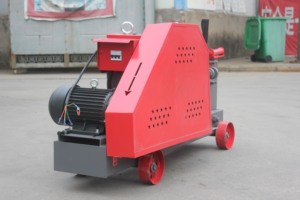
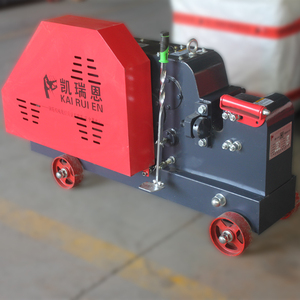



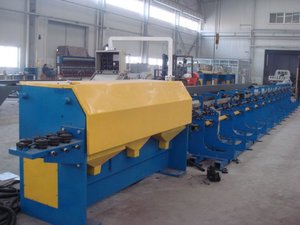


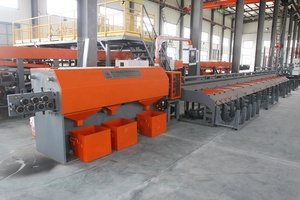




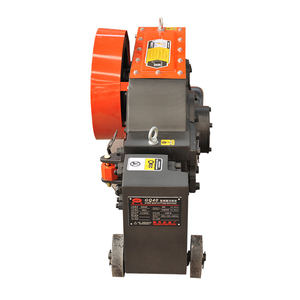
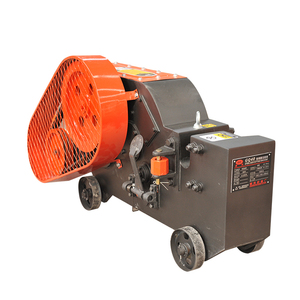




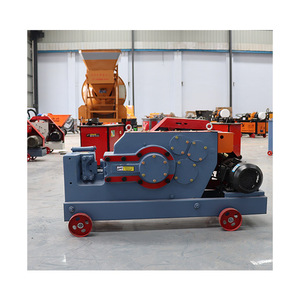

Related Searches:



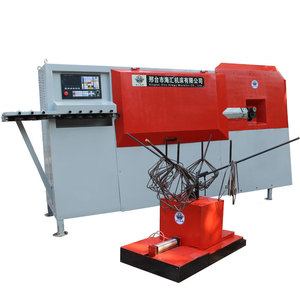







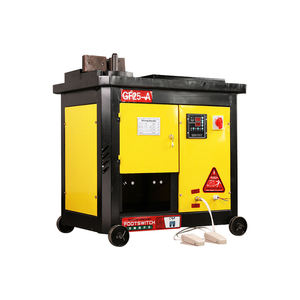






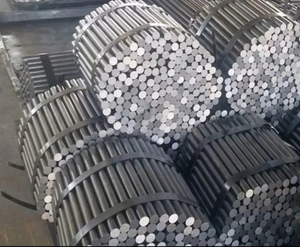



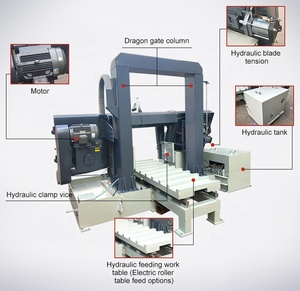

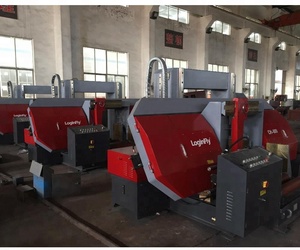




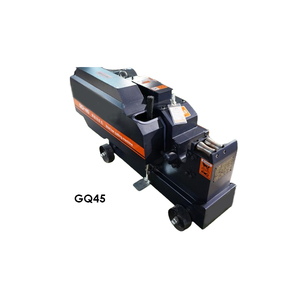
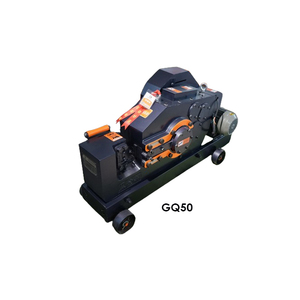


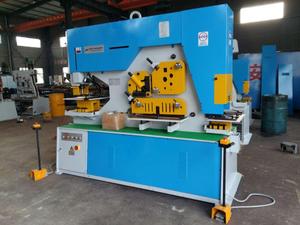
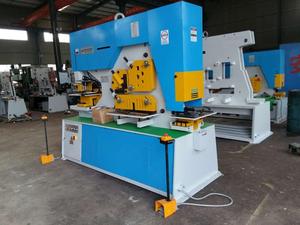
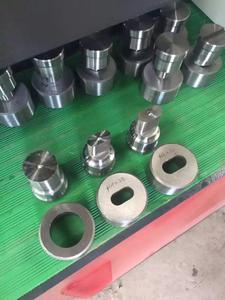








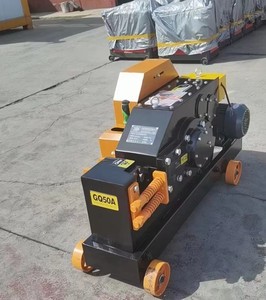




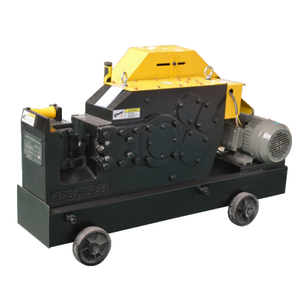

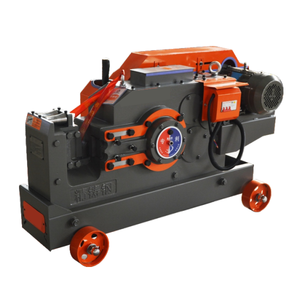
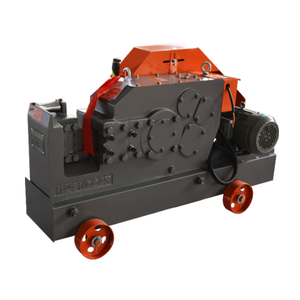
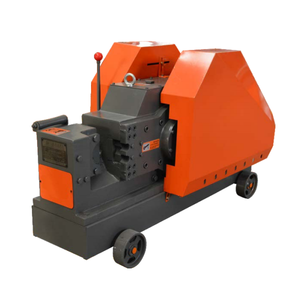


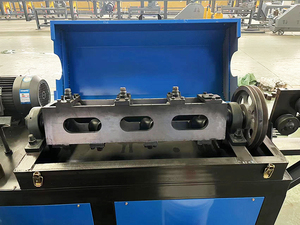
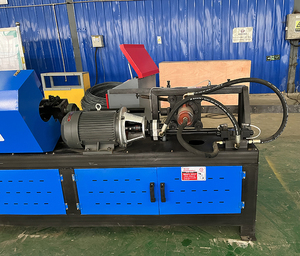

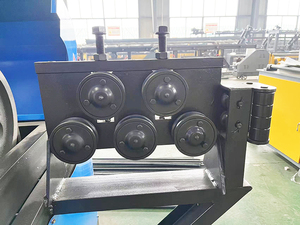


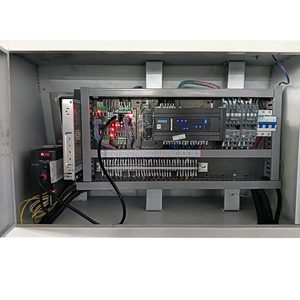








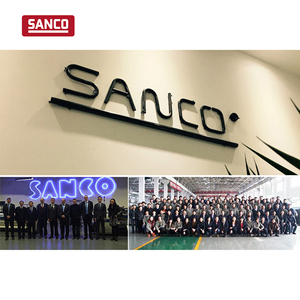


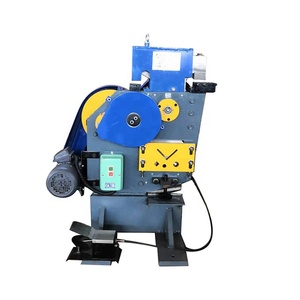

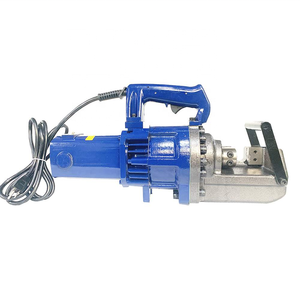

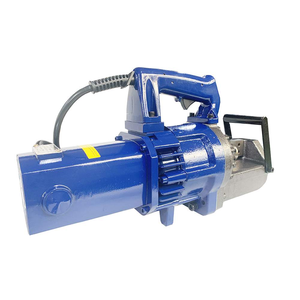

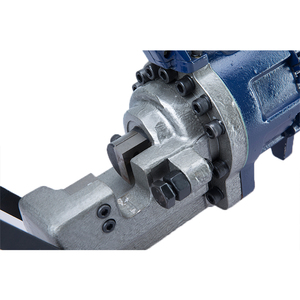








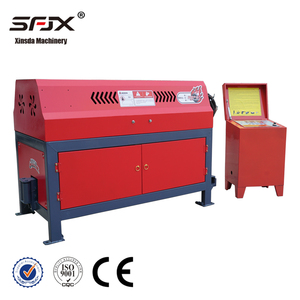
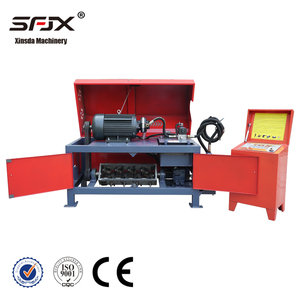











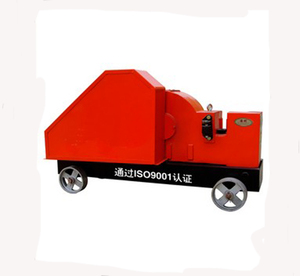
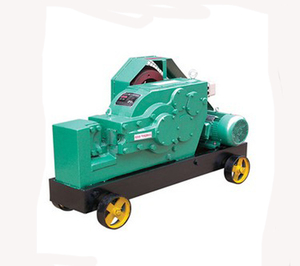

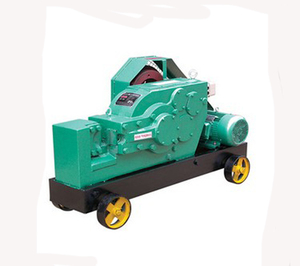






Top categories
About steel bar cutting machine
In the dynamic world of metal fabrication, efficiency is not just a goal—it's a necessity. Steel bar cutting machines stand at the forefront of this industry, providing the precision and speed required to transform raw materials into the backbone of our infrastructure. This ultimate guide delves into the intricate world of these machines, exploring their operation, types, and the pivotal role they play in various industries. From manual cutters to advanced CNC systems, we'll navigate through the vast options available on Alibaba.com, ensuring you have the knowledge to select the right tool for your metalworking needs.
Understanding Steel Bar Cutting Machines

Steel bar cutting machines are essential tools in metal fabrication, designed to cut various types of steel bars. These machines operate on a robust principle, utilizing a strong electric motor that drives a pulley system connected to gears within the machine. The gears generate torque that powers a crankshaft, which in turn moves a connecting rod. This rod manipulates the cutting blade, which works in conjunction with a fixed blade to slice through metal bars. The process, known as 'Grip and Slice,' involves the U-shaped support holding the bar in place while the moveable blade descends to make a clean cut.
The versatility of these machines is evident in their ability to handle different shapes and sizes of steel bars. Round bars, commonly used in shafts but not in reinforced concrete due to their smooth surface, can be cut to various diameters. TMT bars, with their high-strength composition featuring a hard outer core and a soft inner core, are also easily processed by these machines. Flat bars, square bars, and angle bars, each with their unique applications in manufacturing and construction, can be accommodated by different models of steel bar cutting machines, ensuring a broad utility range.
Types of Steel Bar Cutting Machines on Alibaba.com

Alibaba.com showcases a diverse range of steel bar cutting machines designed to meet the varied needs of construction and metalworking industries. Among the selection, manual cutters offer a straightforward, hand-operated mechanism for smaller projects or where precision is paramount. Hydraulic cutters provide a more powerful solution, utilizing hydraulic pressure to slice through metal bars with ease, making them suitable for medium to heavy-duty tasks. For larger scale operations and enhanced efficiency, automatic steel bar cutting machines are available, featuring electric CNC systems that allow for precise, consistent cuts on a variety of steel bar sizes, including deformed steel, with minimal manual intervention.
The assortment includes portable options that cater to on-site construction needs, allowing for flexibility and mobility. These portable cutters can range from battery-operated models, which offer the convenience of cordless operation, to compact electric models that ensure quick and clean cuts. For more demanding tasks, the inventory extends to robust machines capable of handling larger diameters and high-volume cutting. These machines are engineered to deliver straight and angled cuts, accommodating different design requirements and enhancing the structural integrity of the projects they are used in.
Each steel bar cutter is designed with specific features to address the needs of various metal fabrication tasks. From semi-automatic angle steel bar cutters that provide a balance between manual control and automated efficiency, to reinforced cutters for heavy-duty cutting, the range of equipment is tailored to offer precision and durability. Users can select from models that specialize in round, flat, or square bar cutting, ensuring that every aspect of metal fabrication is covered with the right tool for the job.
Manual Cutters
A manual bar cutter is a tool equipped with a robust blade, operated by a long lever to cut through metal bars. This type of cutter is typically more cost-effective compared to other models and is suitable for cutting cylindrical metal bars within its capacity. The operation is akin to using scissors; it requires manual force to bring two cutting edges together to slice through the rebar. Manual cutters are ideal for smaller projects where the volume and frequency of cuts are lower, and the bar diameters are within the tool's capability.
Hydraulic Cutters
Hydraulic rebar cutters are essential tools in the realm of construction and metal fabrication, designed specifically for slicing through reinforced steel and braided cables. These cutters operate on a simple principle, utilizing a pumping action to drive a blade through the steel, delivering a clean cut with a single stroke. The user's control over the pumping speed allows for a tailored cutting experience, ensuring precision in each operation. Notably, the hydraulic rebar cutter's design prioritizes user comfort, being relatively lightweight to minimize strain during use.
The construction of these cutters features a combination of stationary and movable handles, enhancing the tool's ease of use and efficiency. The hydraulic system amplifies the user's force, making it possible to cut through tough rebar with less effort compared to manual methods. The practicality of hydraulic rebar cutters extends to their portability, often accompanied by a protective case for convenient storage and transportation, facilitating their use across various job sites.
Automatic Steel Bar Cutting Machines
Automatic steel bar cutting machines are essential tools in the construction and metalworking industries, designed for efficient and precise cutting of steel bars. These machines are versatile and can be utilized in a variety of settings, including road and bridge construction, building projects, and steel bar processing factories. Their design prioritizes user safety with features such as protective masks to shield operators from sparks during the cutting process.
The operational features of these machines include ease of blade replacement, a humanized design for better user interaction, and low maintenance requirements. They boast a strong cutting capacity, ensuring they can handle a wide range of steel bar sizes and types. Additionally, the machines are constructed for stable performance and are easy to clean, which contributes to their longevity and consistent operation.
One of the standout features is the incorporation of a copper motor, which not only enhances the machine's durability but also ensures efficient power consumption and smoother cutting operations. The machines are designed to operate with low noise levels, minimizing the impact on the surrounding environment. Furthermore, they are equipped with wheels for easy mobility, allowing operators to relocate the machine as needed without the necessity for additional lifting equipment.
Key Features to Consider When Selecting a Steel Bar Cutter

When selecting a steel bar cutter, it's essential to consider the types of bars it can handle. Machines are designed to cut various bars, including round, TMT, flat, square, and angle bars, with varying maximum dimensions. The round bars, suitable for shafts but not for RCC, can be cut up to 50 mm in diameter depending on the machine model. TMT bars, commonly used in construction for their high strength and ribbed surface for better concrete adhesion, can be cut up to 40 mm. Flat bars, used in support materials for structures, and square bars, equal in dimension for manufacturing and repairs, can be cut with maximum dimensions ranging from 70 mm breadth and 15 mm height to 80 mm breadth and 18 mm height. Angle bars, forming a right angle and used for stability in structures, can be cut up to 63 mm in both breadth and height. The working principle of these machines involves an electric motor that drives a pulley system, which in turn moves gears to operate a crankshaft and connecting rod, culminating in the cutting action by the blades. This 'Grip and Slice' mechanism ensures a clean cut. Understanding these features and the machine's capabilities is crucial for making an informed decision tailored to your metal fabrication needs.
Applications of Steel Bar Cutting Machines in Various Industries
Steel bar cutting machines are integral to construction projects, including the development of bridges, power plants, tunnels, and residential buildings. Their ability to swiftly cut steel bars to precise sizes and dimensions enhances efficiency on-site.
The versatility of these machines allows for their application across various industries where steel bars are a fundamental component. This includes infrastructure projects where precision and adherence to specific measurements are crucial.
With settings that enable customization, steel bar cutting machines ensure minimal error margins, which is particularly beneficial in industries where exact steel measurements are imperative for safety and structural integrity.
The machinery's design, which often includes oil-bathed components, contributes to reduced friction and wear, thereby enhancing durability and consistent performance in demanding industrial environments.
Moreover, the ease of use, facilitated by user-friendly interfaces such as foot pedals and finger-operated controls, allows for safe and precise operations, making these machines a valuable asset in various construction and fabrication settings.
Advantages of Using Steel Bar Cutting Machines for Metal Fabrication
Steel bar cutting machines offer significant advantages in metal fabrication, streamlining the construction process. These machines facilitate quick and precise cuts, ensuring that steel bars are consistently sized to exact specifications, which is crucial for projects like building and bridge construction. The precision offered by these machines minimizes errors, contributing to the structural integrity of the construction work.
The design of steel bar cutting machines incorporates features to handle the high torque required for slicing through steel. Manufacturers often use oil-bathed, finely tuned machinery to reduce friction, heat, and wear, enhancing the machine's performance and longevity. This attention to detail in the machine's construction means that despite their robust capabilities, they are surprisingly energy-efficient, thanks to powerful electric engines and specially crafted blades that cut through steel with ease.
Ease of use is another key advantage. With user-friendly interfaces, including foot pedals and finger-operated controls, these machines allow for safe and accurate operation. Training to use these machines is straightforward, often taking as little as 30 minutes, which means that workers can operate them safely and efficiently, reducing the risk of accidents. Additionally, the portability of these machines enables them to be easily moved around on-site, further enhancing the flexibility and efficiency of the construction process.
Safety Tips for Operating Steel Bar Cutting Machines
Ensuring the safety of workers operating bar cutting machines is paramount. To mitigate risks, it's essential to understand the types of hazards these machines can present. These include the potential for flying debris, the risk of cuts or lacerations from sharp edges, and the possibility of crushing or pinching injuries. Adherence to safety guidelines is not optional but a critical requirement. Operators should always wear the necessary protective gear, including gloves, eye protection, and steel-toed boots, to safeguard against these hazards.
Training and skill development are crucial for safe operation. Workers must be thoroughly trained in the use of bar cutting machines, understanding both the operation and the safety protocols. Routine maintenance and pre-use inspections contribute significantly to safety, ensuring that any potential issues are addressed before operation. A safe working environment is also a well-maintained one, where machines are regularly checked for wear and tear.
Emergency preparedness is another key aspect of safety. Workers should be trained to handle emergencies efficiently, which includes knowing how to quickly shut down the machine and administer first aid if necessary. Balancing safety with operational efficiency means integrating safety measures into daily routines, which not only protects workers but also enhances productivity by minimizing downtime due to accidents. Lastly, staying updated with industry regulations and compliance standards ensures that safety practices meet or exceed the required benchmarks.
Maintenance and Care for Longevity
Regular maintenance is crucial for the longevity and optimal performance of steel bar cutting machines. Each shift should begin with a thorough cleaning of the machine body and the application of lubricant as specified in the machine's manual. It's essential to ensure that all bolts are securely fastened and undamaged, and that the V-belt's tension is correctly adjusted to between 10 and 15mm. Protective devices must be checked to confirm they are complete and functioning properly.
Electrical components require attention as well; connections should be secure, fuses must meet the required standards, and switches should operate reliably with proper grounding. The blades' alignment is also critical, with an ideal overlap of 2 mm and a maximum gap of 0.3 mm. Dull blades should be replaced promptly to maintain cutting efficiency.
For every 400 hours of operation, a more comprehensive maintenance routine should be conducted. This includes all the per-shift maintenance tasks, as well as measuring the insulation resistance of the motor, which should not fall below 0.5 megohms. Cleaning the motor, checking for wear on the transmission parts, and replacing lubricating oil are also part of this routine. Ensuring that the bearings and sliding surfaces are clean and well-lubricated will help prevent excessive wear and maintain the machine's precision.
By adhering to these maintenance practices, operators can ensure that their steel bar cutting machines remain reliable and efficient, thereby maximizing the machine's lifespan and maintaining consistent performance in metal fabrication tasks.
Conclusion
To encapsulate, steel bar cutting machines are the unsung heroes of metal fabrication, offering a blend of precision, efficiency, and versatility that is unparalleled. We have journeyed through the various types available, from the simplicity of manual cutters to the sophistication of automatic CNC systems, each designed to meet specific industry requirements. The selection process is critical and should be informed by the machine's features, such as the types of bars it can handle and its cutting capacity. In application, these machines prove indispensable across construction and industrial landscapes, where precision and speed are not just valued but vital. Moreover, the advantages of using these machines are clear, from minimizing errors to maximizing safety and ensuring longevity through diligent maintenance. As we conclude, it's evident that the proper use and care of steel bar cutting machines not only enhance the productivity of metal fabrication projects but also contribute significantly to the quality and safety of the final structures. Embracing these insights will ensure that your work in metal fabrication is not only efficient but also stands the test of time.




































